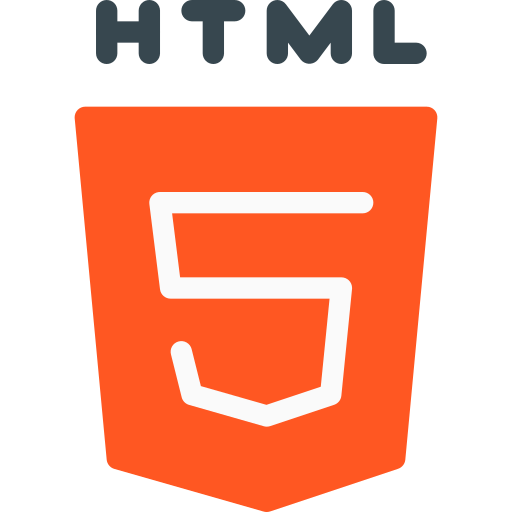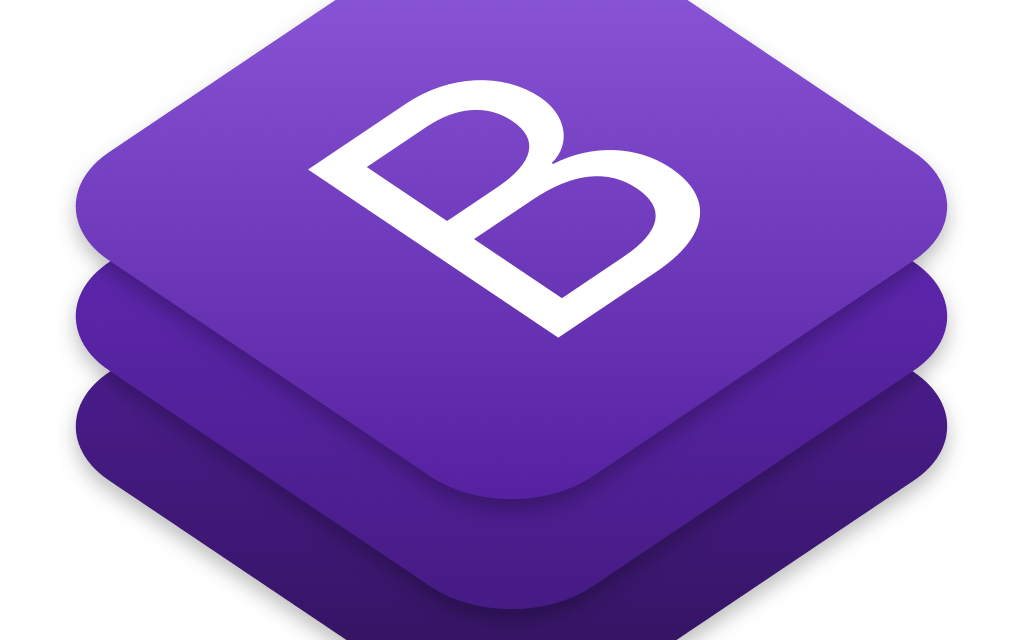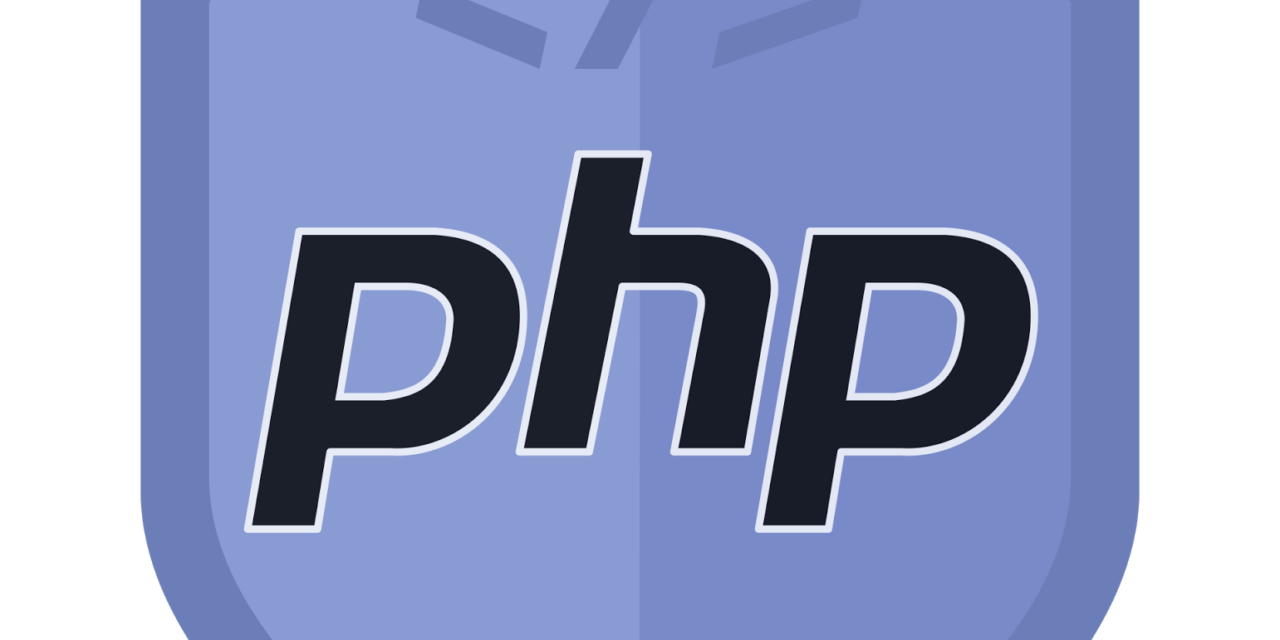
HTML is an acronym which stands for Hyper Text Markup Language which is used for creating web pages and web applications. Let's see what is meant by Hypertext Markup Language, and Web page.

HTML is an acronym which stands for Hyper Text Markup Language which is used for creating web pages and web applications. Let's see what is meant by Hypertext Markup Language, and Web page.

CSS is used to control the style of a web document in a simple and easy way. CSS is the acronym for "Cascading Style Sheet". This tutorial covers both the versions CSS1,CSS2 and CSS3, and gives a complete understanding of CSS, starting from its basics to advanced concepts.

Objectively innovate empowered manufactured products whereas parallel platforms. Holisticly predominate extensible testing procedures for reliable supply chains. Dramatically engage top-line web services vis-a-vis cutting-edge deliverables.

JavaScript is a text-based programming language that allows you to create interactive elements on your web page.
React is a JavaScript-based UI development library. Facebook and an open-source developer community run it. Although React is a library rather than a language, it is widely used in web development. The library first appeared in May 2013 and is now one of the most commonly used frontend libraries for web development. React offers various extensions for entire application architectural support, such as Flux and React Native, beyond mere UI.
When compared to other technologies on the market, React is a new technology. Jordan Walked, a software engineer at Facebook, founded the library in 2011, giving it life. The likes of XHP, a straightforward HTML component framework for PHP, have an influence on React. React newsfeed was its debut application in 2011. Later, Instagram picks it up and incorporates it into their platform.
React popularity today has eclipsed that of all other front-end development frameworks. Here is why:
The above reasons more than justify the popularity of the React library and why it is being adopted by a large number of organizations and businesses. Now let’s familiarize ourselves with React features.

PHP, a server-side language that has been around for more than 25 years, tends to evoke some strong opinions among developers today.

Laravel is a web application framework with expressive, elegant syntax. We believe development must be an enjoyable, creative experience to be truly fulfilling.

WordPress is a popular content management system (CMS) that allows users to create and manage websites with ease. It was initially developed as a blogging platform but has evolved into a versatile CMS used by millions of websites worldwide.

SEO stands for Search Engine Optimization. It refers to the practices and techniques used to improve the visibility and ranking of a website in search engine results pages (SERPs). The ultimate goal of SEO is to attract organic (non-paid) traffic to a website by ensuring that it appears prominently in relevant search engine queries.

What is Google Ads? Google Ads, AKA Google AdWords, is Google’s advertising system in which advertisers bid on certain keywords in order for their clickable ads